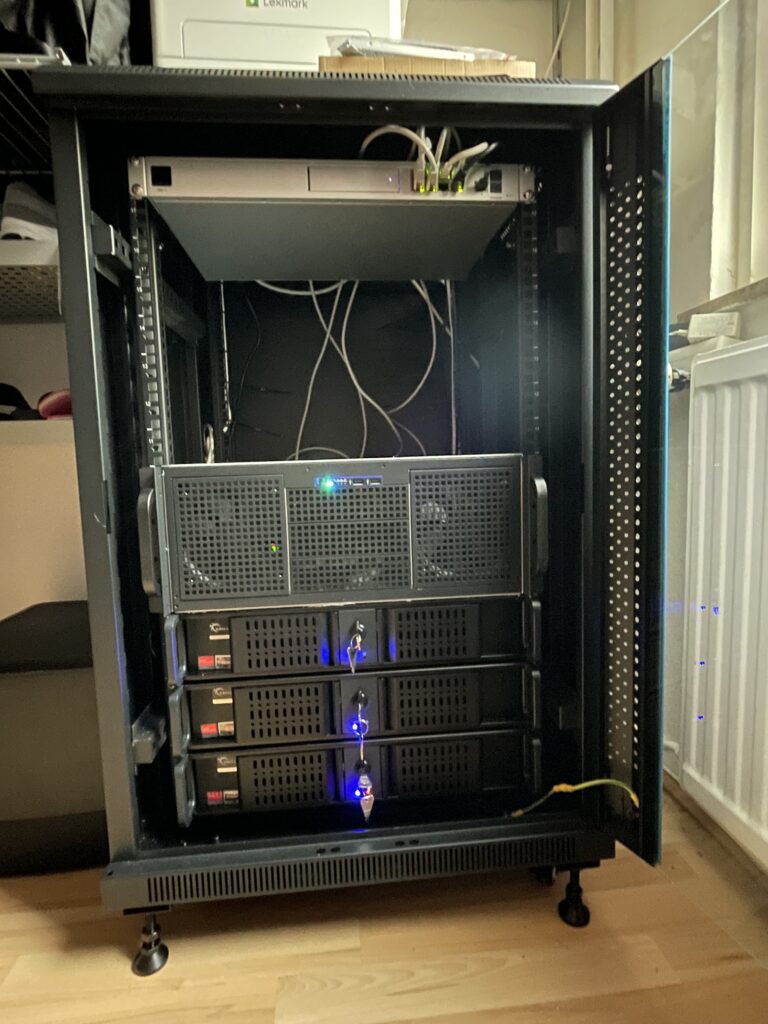So why did I choose to go for Proxmox you might ask. Of course this is very personal, but I will share my reasoning behind it:
Kubernetes
You cannot ignore it, as it is heavily used all around us, but it was a bit too professional for me in the sense that it took al lot of work to get it running and I could not get comfortable enough to have it in my home network.
Docker
Docker I was comfortable with, and switching from a single docker node to a docker swarm was reasonably easy. But as you go along, you want some applications to have an IP address on the network instead of the swarm address. You maybe want the swarm to have a single IP for the nodes to access your services running on one of them. We used keepalived and macvlan, which worked, but it was not stable for some reason.
Proxmox
Having looked at a few YouTube channels, I learned about Proxmox, and decided to look into it. Following the training on “Learn Linux TV”, I could see the potential for my home network, being able to do both Docker and Virtual Machines. Also the possibility to have multiple Proxmox nodes in a cluster and then make applications High Available was very appealing to me.
Moving the important services . . .
So now I had three Proxmox nodes in a cluster, it was time to migrate some important applications in order to free up the main server, so this could be build into a NAS, and in the process free up the swarm nodes, who will move to my son for his own server projects.
- On the main server we had Nginx Proxy Manager running, moved that to Proxmox
- On the Swarm we had Vaultwarden running, moved that to Proxmox
- On the Swarm we had Owncloud running, moved that to Proxmox
We also had a rsync server, timemachine and samba server running on the Swarm, but these can all be moved to Truenas, so we need to leave the swarm running a little bit longer . . .







